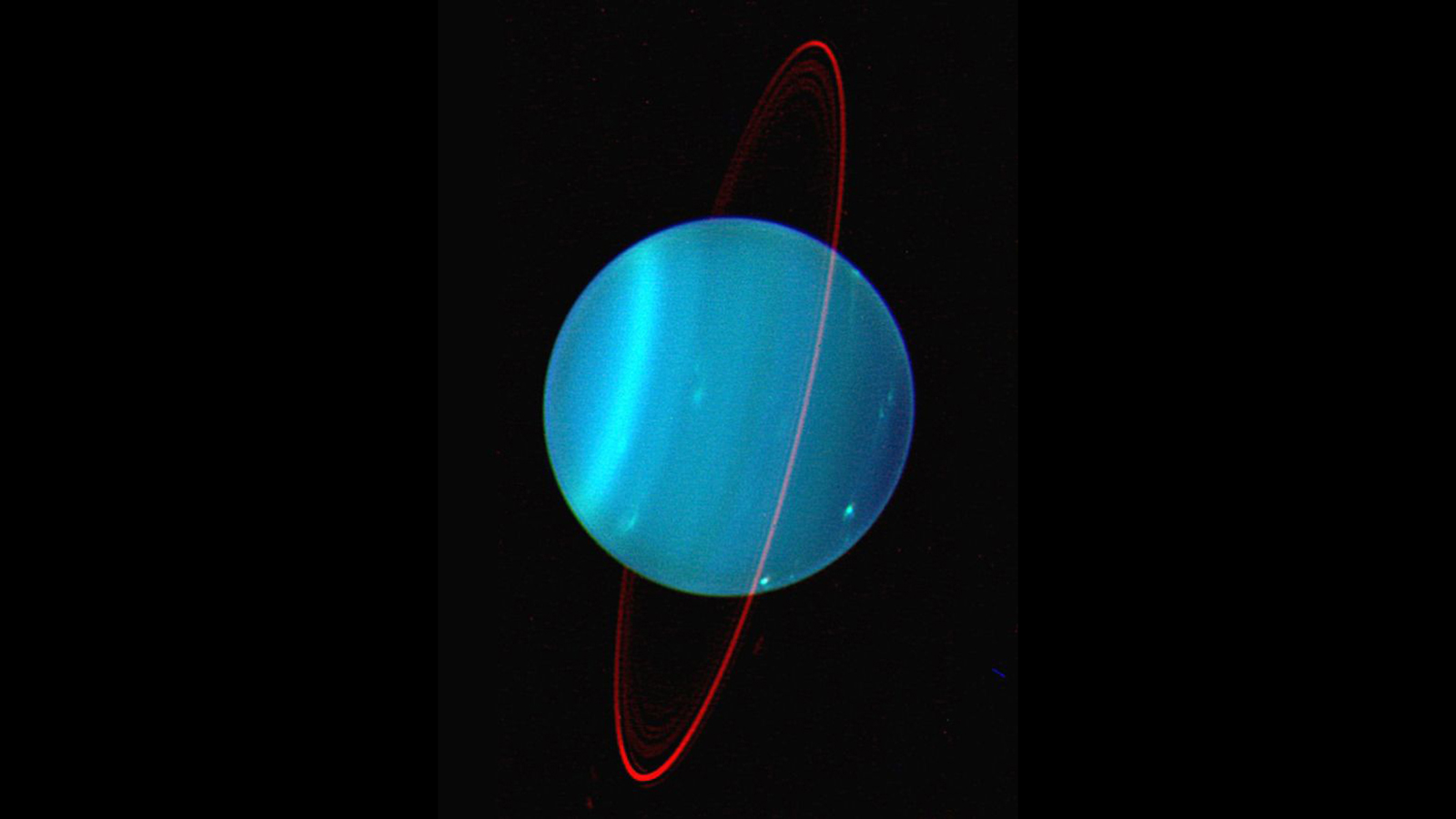wherearewegoing.net – Uranus is indeed known as the “sideways planet” due to its unique axial tilt. Unlike the other planets in our solar system, which rotate with their axes more or less perpendicular to the plane of the solar system, Uranus’s axis is tilted so far that it is essentially rolling around the Sun like a ball on a string.
Here are some key points about Uranus and its sideways orientation:
- Axial Tilt: Uranus has an axial tilt of about 97.77 degrees, which means that its axis is nearly parallel to the plane of its orbit. This is in stark contrast to Earth’s axial tilt of approximately 23.5 degrees.
- Seasons: Because of its extreme tilt, Uranus experiences very unusual seasons. Each season on Uranus lasts for about 21 Earth years (since Uranus takes about 84 Earth years to orbit the Sun). During parts of its orbit, one pole faces the Sun continuously while the other pole faces away. This results in one hemisphere experiencing continuous daylight and the other continuous night for about half a Uranian year.
- Magnetic Field: Uranus’s magnetic field is also tilted and offset from its center, which is another unusual feature compared to the magnetic fields of other planets. This adds to the complexity of its already peculiar orientation.
- Moons and Rings: Uranus has a system of moons and rings that orbit in the equatorial plane of the planet. Because of the planet’s sideways orientation, these moons and rings also appear to orbit perpendicular to the plane of the solar system.
- Origin of the Tilt: The reason for Uranus’s extreme axial tilt is not fully understood, but it is believed to be the result of a massive impact early in the solar system’s history. A large object, perhaps another planet or a large comet, may have struck Uranus and knocked it onto its side.
- Exploration: The Voyager 2 spacecraft, which flew by Uranus in 1986, provided the first close-up images and data about the planet. It confirmed the unusual orientation and discovered new moons and rings, among other findings.
Uranus’s sideways orientation makes it a fascinating subject for study and highlights the diversity of planetary bodies in our solar system.
